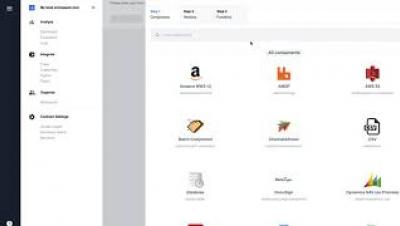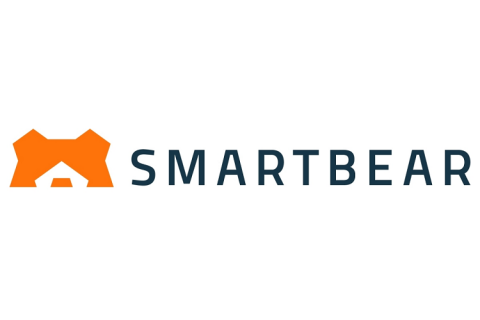Systems | Development | Analytics | API | Testing
%term
Get Started with Insomnia Core: 5 Minute Quickstart
Starting with elastic.io: Workspace creation and first integration flow
SmartBear Announces Unified Solution for API Design and Testing with Integration Between ReadyAPI and SwaggerHub
24 Best Remote Work Tools that Help Your Team to Stay Connected
The role of DevSecOps in finance app development
One of the most important shifts of the past few years in finance and banking was the movement from primarily branch-based banks to mobile-first banks. While these innovative products simplify the end-user experience, they also bring up more security concerns, since digital channels expose a number of vulnerabilities. These apps deal with sensitive user data, such as private financial or personal information, which means that the prevention of any type of breach is of utmost importance.
Want To Release Faster? Address These Bottlenecks
Develop fast, release, learn, repeat. That’s essentially the (not-so-secret) innovation formula, right? Most of us spend our time enhancing the products we have already released. We want to be innovative, releasing new features with the velocity of an unencumbered startup. Yet, we also have customers with quality expectations we need to meet. Guidance on shortening release cycles often centers on adopting agile (or similar) development methodologies. But most companies are already there.
UK Government: From cloud first to cloud appropriate?
Since 2013 the UK Government’s flagship ‘Cloud First’ policy has been at the forefront of enabling departments to shed their legacy IT architecture in order to meaningfully embrace digital transformation. The policy outlines that the cloud (and specifically, public cloud) be the default position for any new services; unless it can be demonstrated that other alternatives offer better value for money.
5 signs you've got the wrong embedded analytics tool
Software vendors often ask me when is the ideal time to swap out a legacy analytics solution that they’ve embedded into their application. There's five key signs that can tell you your embedded solution isn’t right anymore and it’s time to switch.
New Snowflake Features Released in August 2020
In August 2020, Snowflake announced several new features, all in preview, that make its cloud data platform easier to use, more powerful for sharing data, and more usable via Snowflake-supported languages. These innovations mean you can bring more workloads, more users, and more data to Snowflake, helping your organization solve your most demanding analytics challenges. Multi-Cloud, Cross-Cloud, and Pattern-Matching Support in Snowpipe











